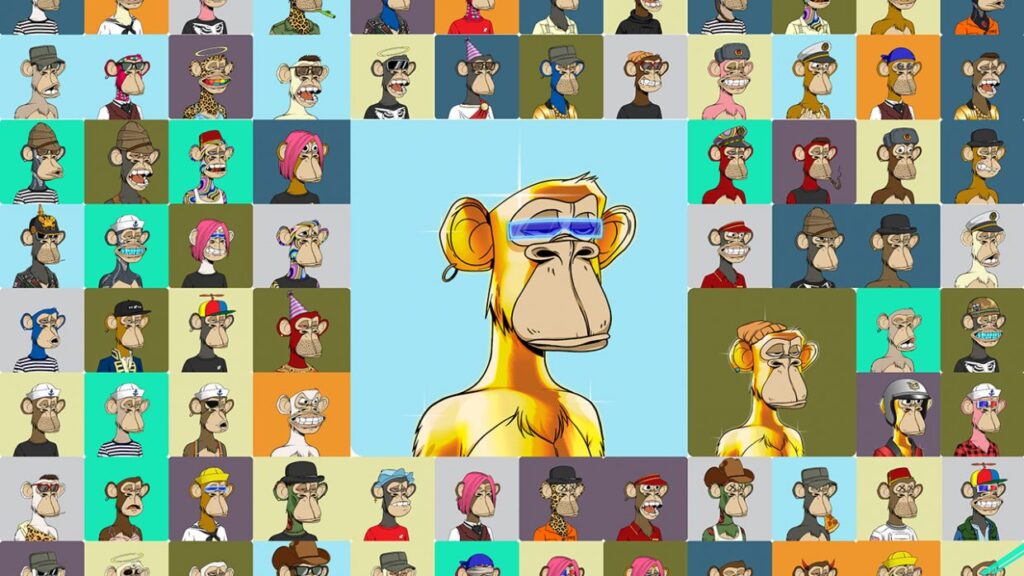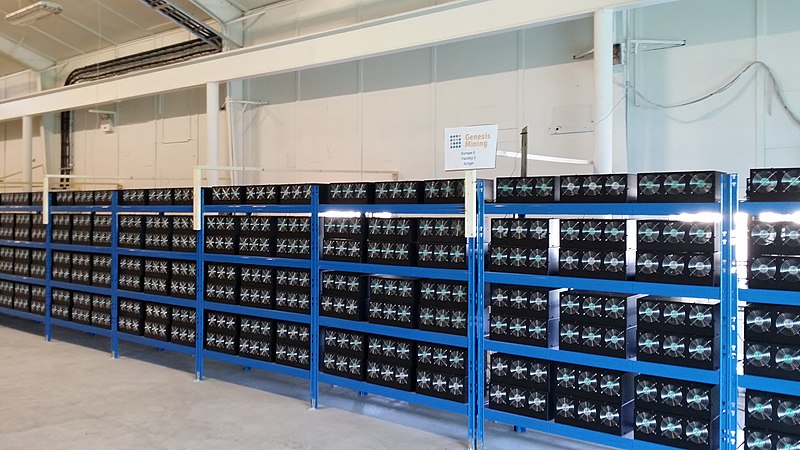
In 2022, the world was shaken by a term that has entered everybody’s everyday vocabulary: NFTs. Everyone seems to be talking about NFTs and how people make a lot of money by buying, selling, and creating it. Some people look at the concept of NFT and see it as the future of everything. Songs, artworks, and video game items are starting to get NFT’d and many other “things” are ready to hop on the NFT bandwagon. But is it actually the future, though? Environmental concerns surrounding NFT emanate doubts about it.

NFT is a shorthand term for non-fungible token. A token is an object that has a value. Fungible means that something is substitutable or can be replaced with something equal. So, non-fungible token really means an object with value that cannot be replaced or replicated.
Sam Dean, writer for L.A. Times, defines an NFT as an authenticity certificate of an object—physical or virtual—that is stored inside a network called blockchain (shared database of object ownerships, generally). So, to put it simply, an NFT lives inside a blockchain, similar to that of a deed that lives inside a ledger. But where it differs is this NFT deed is fully digital, stored as a code inside a series of servers that are connected to one another.
How do I make money off of it?
There are 2 ways to make money off NFTs: buying and selling it or creating it.
The first way is just by buying and selling NFTs. It’s the same as investing in stocks, sneakers, cryptocurrency, and any other investable objects. Buy the asset at a low price, wait for it to pick up in price, and sell it at a higher price.
The second way is by creating it yourself. Everyone can create their own NFTs, but generally, arts are the most sought after NFTs, so artists can create arts and sell them as NFTs. It involves a process called “minting.” Artists first create their art. Then, they pick the marketplace of their choosing, the most popular NFT marketplace being OpenSea. Here’s the part where they mint the NFT. Minting means turning the digital file of the art into a digital asset along with its unique code and sending it to the blockchain, ready to be listed.
Making money from NFTs requires a lot of patience and luck. It is highly speculative, yet it can create millionaires. NFT values can shoot up overnight, but it can also plunge in a matter of minutes. No one really knows how they do that. But what is known is that if the market deems an NFT at a certain price, then the NFT is worth that value.
Okay, the future is digital, then. What’s the problem?

As stated before, there are concerns surrounding NFT and its environmental effects. Environmentalists have criticized the high usage of energy in maintaining NFTs. The process of minting NFTs consumes a surprisingly high amount of electricity. From Vice.com, artist Memo Akten revealed that minting a single Ethereum-based NFT can consume 142 kWh of energy. An average Indonesian household consumes around 12 kWh of energy per day. Minting one single NFT consumed as much power as powering a household for 11 to 12 days.
Not only that, in his Medium, Memo Akten also showed that any actions taken with the NFT, such as bidding, selling, and even just canceling a bid can use a significant amount of energy. He found that a footprint of a single NFT can power a car to drive a thousand kilometers or power a laptop for 3 years.
Ethereum-based NFT minting uses a validation method called “Proof-of-Work” or PoW. This process works as a security measure since transactions of NFTs are decentralized. PoW prevents anyone from cheating the system by solving a highly complicated mathematical puzzle (mining), thereby needing energy.
This is the downside of being decentralized. There are no banks or middlemen to facilitate and supervise all the transactions that are happening. The system needs to secure themselves, that’s why the security mechanisms are implemented.
So, it’s bad for the environment. Should we just leave NFTs here?
The amount of energy consumed to maintain these digital asset transactions are super high. To some people, this effect is enough reason to make them steer clear of this trend. The sustainability of NFTs came into question. However, as the technology progressed, people found ways to alleviate the environmental implications of NFTs.
The simplest one is shifting to renewable sources of energy, such as solar power, hydroelectric power, or wind power. But these forms of energy tend to be unfavorable for most people, seeing as owning solar panels or wind turbines are quite expensive considering the fee for maintenance. Not only that, the energy provided by these alternatives might not be enough to feed the PoW process.
Proof-of-Work is not the only validation method of NFT transactions. There is also the Proof-of-Stake method or PoS. Where these two differentiate each other is how they validate transactions. As stated before, PoW utilizes mining, a process of solving mathematical puzzles, which requires a lot of energy, to verify transactions. On the other hand, PoS doesn’t utilize mining. Instead, it uses the cryptocurrency owner’s cryptocurrency as collateral (staking) for a chance to validate. Then, validators are chosen randomly, not creating competition in the process. Hence, no energy usage.
So, a shift from PoW to PoS will create a more environmentally friendly blockchain. Some blockchains have utilized PoS, such as Cardano and Solana, and both of them host a series of NFT marketplaces. The most common blockchain for NFTs, Ethereum, is currently still using PoW, but its creator has pledged to switch PoS with Ethereum 2.0 in the near future.
Penulis: Audi Faritz
Reporter: Audi Faritz
Editor: Fareez EldaccaFoto:https://jingculturecommerce.com/sothebys-bored-ape-yacht-club/; https://commons.wikimedia.org/wiki/File:Cryptocurrency_Mining_Farm.jpg; https://blogs.airdropalert.com/cryptopunks-a-journey-from-zero-to-millions/



